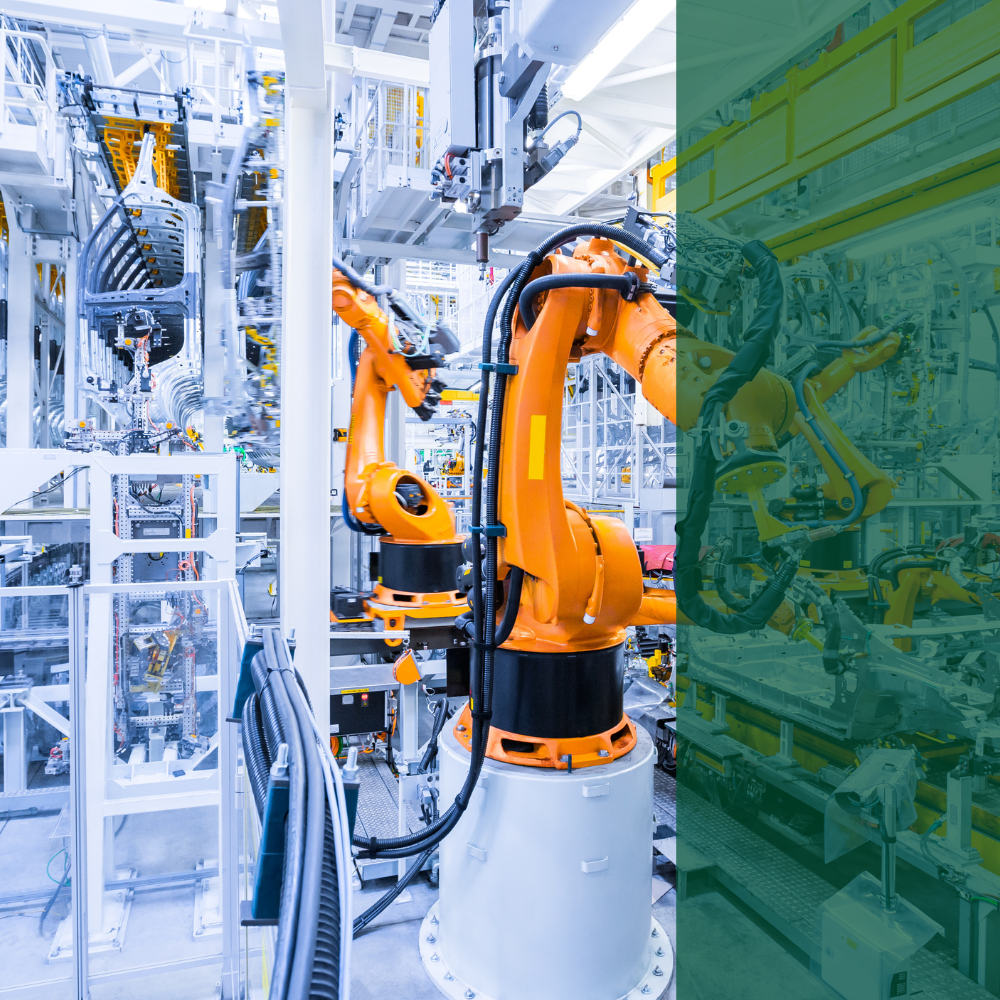Recently, we have observed an unfavorable change in the approach of tax authorities to the interpretation of the term “general working time” in the context of tax relief for innovative employees.
From 2023, Polish taxpayers are able to take advantage of the so-called tax relief for innovative employees.
The relief allows employers to reduce the amount of PIT advances paid to tax authorities by the amount of tax deducted from the remuneration of persons engaged in research and development work (employment contract, contract of mandate, contract for specific work) up to the amount of the R&D relief unused by that employer in the previous tax year.
In order to be eligible for this relief, an employee/co-worker must spend at least 50% of their total working time in a given month to research and development activities.
The above condition of 50% of total working time is a crucial factor for applying the relief for innovative employees.
Initially, the tax authorities agreed with taxpayers that “total working time” for the purposes of this relief means the time during which the employee is at the employer’s disposal. However, this does not include leave or other justified absences (see the interpretation of the Director of the National Tax Information Service of July 3, 2023, ref. no. 0111-KDIB1-3.4010.234.2023.2.AN).
It seemed that a well-established line of interpretation favorable to taxpayers had been established in this matter.
Unfortunately, recently tax authorities have been presenting a different view in their tax interpretations, according to which working time is not the same as the effective (actual) time of performing the work specified in the agreement, as it also includes periods when no work is performed.
Individual interpretation of May 12, 2025, the Director of the National Tax Information Service (ref. 0111-KDIB1-3.4010.236.2025.1.JKU) presented the above view, explaining that:
The right to leave consists in the entitlement to periodic release from the obligation to perform work while retaining the right to remuneration. Consequently, the so-called general working time of an employee also includes the period of annual leave (the length of leave is specified in labor law), and, analogously, special leave, or the period of leave granted under Article 188 of the Labor Code, and the period of downtime not caused by the employee, mutually agreed upon in accordance with Article 81 of the Labor Code. In addition, pursuant to Article 92 of the Labor Code, an employee is entitled to remuneration for the period of incapacity to work. Therefore, the total working time should also include the period during which the employee is on sick leave.
A similar position was presented, among others, by the Director of the National Tax Information Service in an interpretation of March 3, 2025 (ref. no. 0111-KDIB1-3.4010.72.2025.1.MBD).
This change in the interpretation of the term “total working time” in the tax relief for innovative employees may result in differences in the amount of relief available to taxpayers (in particular during the holiday season).
The above, in the event of a dispute with the tax authority, may lead to the need for taxpayers to make appropriate corrections to the application of relief in previous years.
If you apply the relief for innovative employees in your company, it is worth analyzing how the above change may affect the amount of the relief (including in previous years) and, if necessary, consider taking appropriate steps to secure the company’s tax position.


